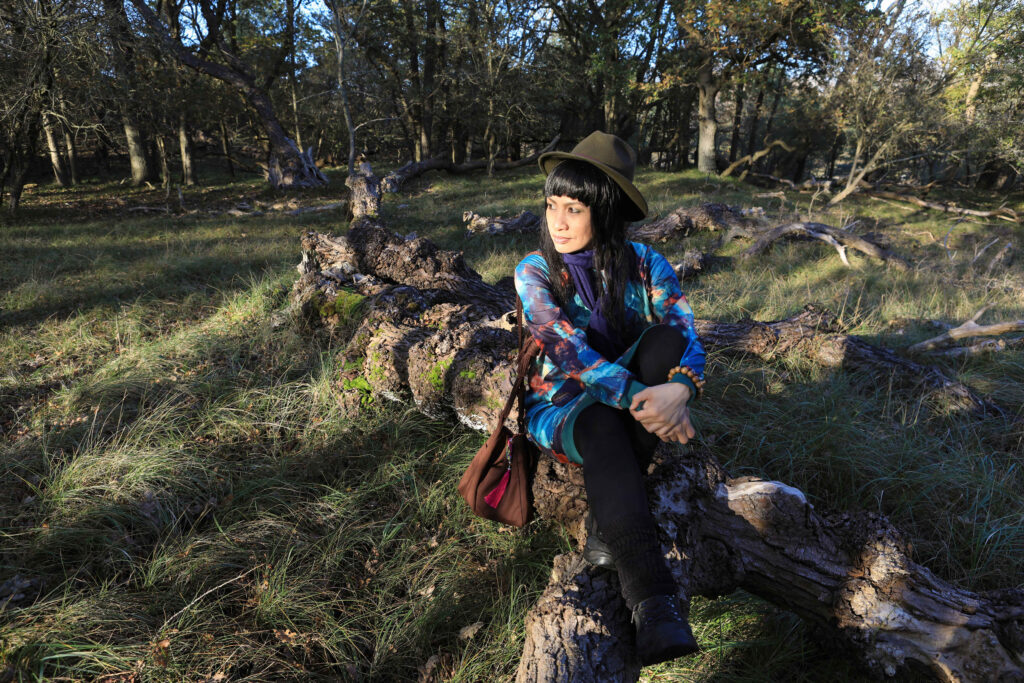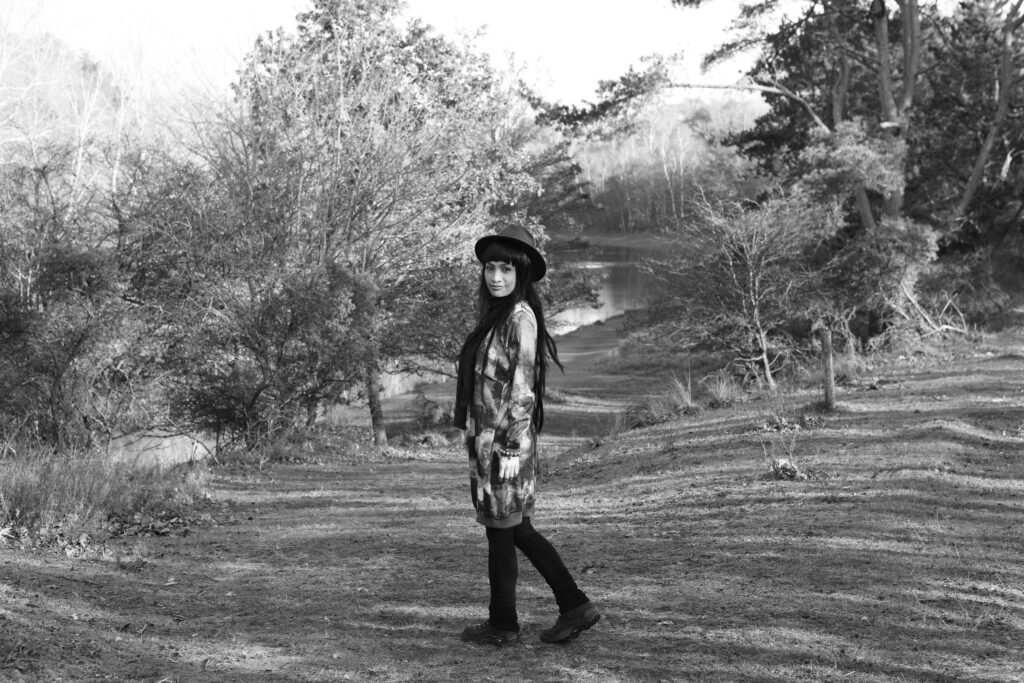Watch my video here: https://youtu.be/TtNB6RXE54w
Did you spot the deer?
You walk through the woods, embraced by the silence of nature, only hearing the soft sounds of your footsteps touching the ground. Suddenly out of nowhere, you’ll hear the fabulous noise of loud bellowing roars. The sound is very similar to a lion’s roar. It’s the love call of a male deer (stag) to impress the female deer (hind). But it’s also a warning signal towards the other male deer.
From mid-September until early November it’s the rutting season for fallow deer in the Amsterdamse Waterleidingduinen.
The male deer with their large wide antlers will battle each other in a fight, to establish dominance over the other male deer. The fight between the male deer starts with their impressive vocal call and continues with the clashing of their antlers.
We’ve been to the Amsterdamse Waterleidingduinen once before in springtime, and we saw a lot of female deer with their calfs back then. Now, we wanted to see the fierce male deer with their impressive antlers, roaring loudly, challenging their opponents, engaged in a fight. But would we be on time? It was already the beginning of November when we decided to go. We were hoping to see something spectacular.
The Amsterdamse Waterleidingduinen is a protected dune area in the Netherlands, located between Zandvoort and Noordwijk in te provence South-Holland. Since 1853, this dune area is used as a natural filter to purify fresh drinking water for the city of Amsterdam. In the Amsterdamse Waterleidingduinen you can find the largest population of fallow deer, but there’s also a chance that you will see wild foxes, if you are lucky.
The landscape of the Amsterdamse Waterleidingduinen is very versatile, which makes it a wonderful place for a hike, but it’s also a great area to take pictures. You can walk freely almost everywhere, even off the path.
There are different walking routes with maps you can choose, each route with it’s own theme. Out of fourteen routes, we both picked the one we thought would be best. Surprisingly, we were unanimous about the route we should take; the Bunker route, a 5 km hike among various bunkers, which are part of the Atlantikwall, built in the Second World War.
The Amsterdamse Waterleidingduinen has four main entrances. We took the entrance at the Zandvoortselaan 130 in Zandvoort. We bought a ticket of € 1,50 per person as entrance fee and a € 2,00 parking fee. When we arrived, we asked the forester about the rutting season for fallow deer, but according to him, the season has already ended in October. We were a little disappointed, but it didn’t surprise us either. We just didn’t expect to spot male deer anymore, so we enjoyed the hike that was ahead of us.
The Bunker route was not that long and it would take 1,5 hours to walk the whole route. It sounded like a short walk, but it seemed like we weren’t going to make it. Most of the time we were busy with doing a photo shoot, because every inch we walked in the park was so beautiful, that we had to stop several times to take a shot. Time flies when you are occupied with taking pictures.
When the day was almost over, and the sun was already setting, we were standing on the highest point of the park, on top of a bunker. Incidentally, the only bunker we had discovered during our hike. This hidden bunker was used as a habitat for bats.
I was enjoying the beautiful view, and in the distance I could see several buildings rising from the city, until suddenly I saw something moving in the corner of my eyes..
A male deer! I spotted a male deer!
It felt like a mission completed.
You can watch my video, where you can admire a male deer up close.
What a perfect end of the day.



